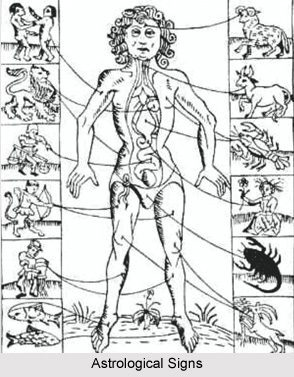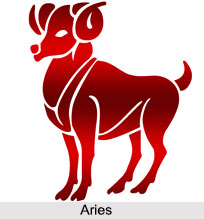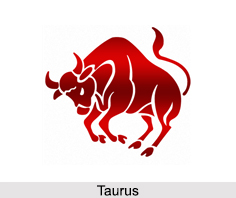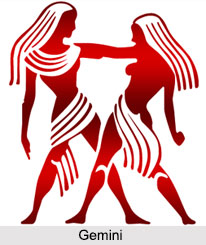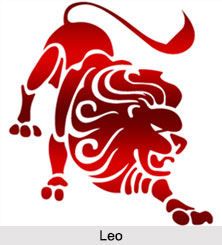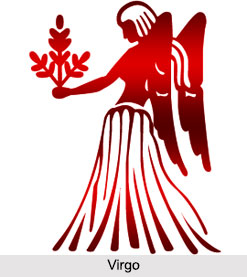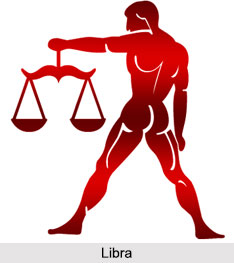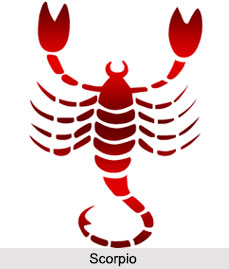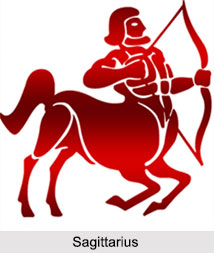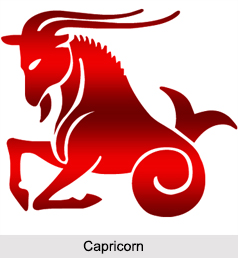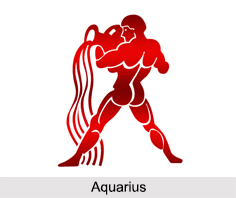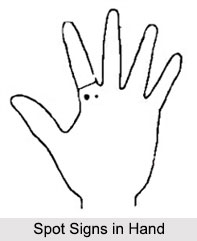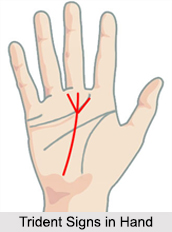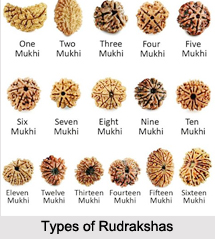 Rudraksha is the sacred bead that holds very high spiritual and medicinal values. These beads bless one with physical and mental health and enhance one"s spiritual quotient. Rudraksha trees are commonly found in the areas between the foothills of Himalayas and Ganges plains. They acquire blue colored fruits. The upper coating when removed with the help of a brush or sand breakthrough the seed which is known as the Rudraksha.
Rudraksha is the sacred bead that holds very high spiritual and medicinal values. These beads bless one with physical and mental health and enhance one"s spiritual quotient. Rudraksha trees are commonly found in the areas between the foothills of Himalayas and Ganges plains. They acquire blue colored fruits. The upper coating when removed with the help of a brush or sand breakthrough the seed which is known as the Rudraksha.
Origin of Rudraksha
The word Rudraksha is derived by the combination of two words "Rudra" (Lord Shiva) and "Aksha" (Tears) that as a whole denotes "Lord Shiva"s tears". Lord Shiva meditated for the welfare of all the living creatures and when he opened his eyes he saw suffering and pain all around. Because of the intense sorrow, tears fell off his eyes that were destined to wipe away the tears of the mankind. Those tears when fell on the ground turned into trees of Rudraksha.
Benefits of Rudraksha
The divine qualities of the sacred holy bead were first found in ancient scriptures of Hindus. They are popular traditional healing beads extensively used to treat several diseases and also purify the wearer spiritually, mentally and physically.
Types of Rudrakshas
Rudraksha are available in different sizes and forms. Form i.e. the "Mukhi" decides the characteristics of a specific Rudraksha. Every Rudraksha has facets or mukhis which are found in different numbers. Each Rudrakshas have their own benefits related to spirituality, health, wealth, etc.
The Rudraksha bead has a top portion from where the line originated is called "Brahma". The middle portion having the largest diameter that is known as "Vishnu" and the bottom portion where the lines end is known as "Shiva". Hence every Rudraksha is originated with that of almighty features of the three main Gods, Generator (Brahma), Operator (Vishnu) and Destructor (Shiva).
Rudraksha are classified into 27 different types on the basis of mukhis. In ancient epics like "Shiv Purana", "Shrimad Bhagwad" and "Padma Puran", Rudraksha upto 14 Mukhis have been described along with their effects and purposes for which they are useful.
•Jorhat Airport is located about 7 kilometers south-west of Jorhat city. This military and public airport is operated by Indian Air Force and Airports Authority of India. This airport has been provided with two squadrons of An-32 transport aircraft. It functions as a transport base for launching aircraft that carry out airdrops in the Naga Hills, Nagaland and Arunachal Pradesh.
Sookerating Air Force Station
Sookerating Air Force Station is located at Sookerating. This Air Force Station is operated by the Indian Air Force.
Chabua Air Force Station
Chabua Air Force Station is located at Chabua of Dibrugarh district. This airfield is operated by the Indian Air Force. It presently functions as a training airfield.
